Seasonal migration: how string transport contributes to the preservation of biomes
Today, the growth of urban agglomerations often comes at the expense of the environment. Arable land is taken for new neighborhoods, forests are cleared to build roads, and human proximity disrupts food sources and threatens the survival of plants and animals. To preserve the purity of nature, we must fundamentally rethink and transform our approach to urban development and transportation organization. And uST transport and infrastructure complexes are perfectly suited to this task.
Animal deaths
Each year, thousands of animals are killed by various forms of transport in Belarus alone. According to the State Inspectorate for the Protection of Fauna and Flora under the President of the Republic of Belarus, over 3,700 incidents involving the death or injury of wild animals were recorded on the country's roads in 2024. The most affected species were roe deer (over 2,500 individuals), moose (more than 1,000), red deer (154), and wild boars (136). There were also isolated cases of collisions involving spotted deer, fallow deer, and even European bison.
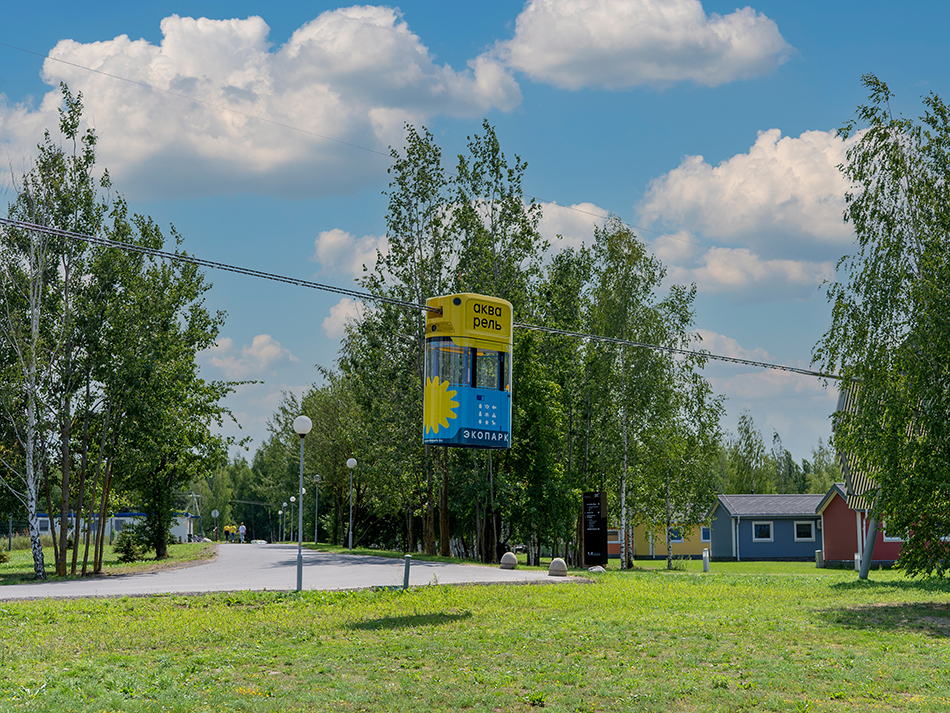
It is noteworthy that 94% of the total number of these incidents involved cars. There are several reasons for such a sad outcome: seasonal migration (usually in September–November and May–July), population growth of species, an increase in traffic flow in the country and, accordingly, an increase in noise pollution. Be that as it may, drivers do not always have time to react when a large animal suddenly runs out onto the road. Wild animals, in turn, frightened and blinded by the headlights, cannot instantly leave the roadway. In half of such cases, car drivers also suffer injuries and disabilities from collisions, since the weight of an adult moose, for example, is 300–350 kg.
Plant degradation
Ecological measurements show that soil pollution levels within 100 meters of roadways significantly exceed acceptable limits. The air near highways is saturated with hazardous compounds such as nitrogen, cadmium, copper, nickel, lead, sulfur, carbon, and zinc. These pollutants pose serious risks to human health and have devastating effects on local biomes.
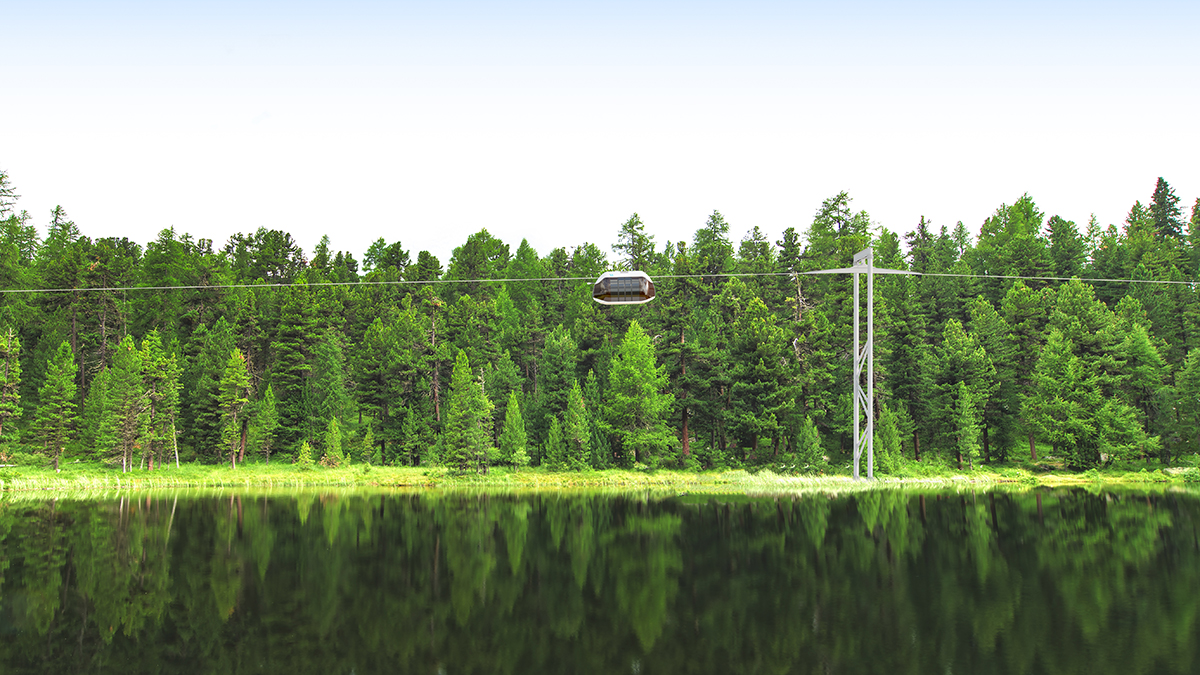
For instance, nitrogen oxides — a colorless gas found in vehicle exhaust — react with water to form nitric and nitrous acids, which cause premature aging and stunted growth in both coniferous and broad-leaved trees. Studies reveal that a linden tree near a highway typically lives no more than 80 years, compared to at least 125 years in a city park and up to 400 years in a forest. In addition, doses of sulfur dioxide and lead compounds, also contained in exhaust gases, lead to a strong inhibition of the photosynthesis process, causing dry tops and chlorosis in deciduous and coniferous trees.
Soil erosion and crop contamination
Most heavy metals from vehicle exhaust settle into the soil, groundwater, and crops grown near roads. Sediment in the form of cadmium, manganese, nickel, and lead is the result of the destructive impact of cars on the environment. 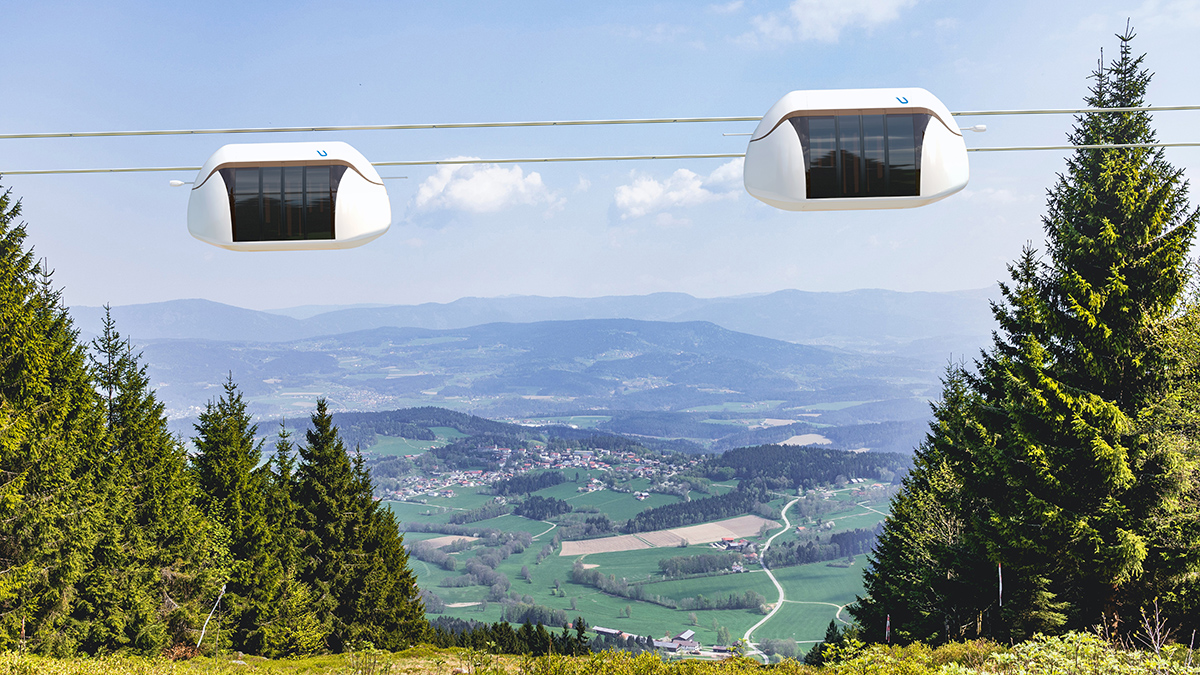 The concentration of these metals is usually several times higher than normal in crops growing near roads (peas, cereals, corn, carrots, turnips, radishes, beets, spinach, beans), as well as in herbs such as mustard, clover, and alfalfa. Benzopyrene settles in large quantities in the soil cover and can accumulate, for example, in sunflower seeds and potato tubers.
The concentration of these metals is usually several times higher than normal in crops growing near roads (peas, cereals, corn, carrots, turnips, radishes, beets, spinach, beans), as well as in herbs such as mustard, clover, and alfalfa. Benzopyrene settles in large quantities in the soil cover and can accumulate, for example, in sunflower seeds and potato tubers.
In addition, soil contamination with toxic substances leads to the poisoning and death of life-giving microorganisms, and with them, to the degradation of agricultural crops and soil erosion. For example, birds that feed on earthworms near roads often die from heavy metal poisoning. It should also be remembered that the seizure of land for the construction and operation of roads and pipelines leads to the destruction of soil and vegetation cover, loss of crops and forest plantations, and the spread of treeless landscapes.
Devastating consequences
According to environmentalists, approximately 36,000 species of wild plants and around 10,000 animal species are lost worldwide each year. The number of species nearing extinction is rising exponentially. This alarming trend is largely due to humanity’s careless treatment of the environment. Unfortunately, the efforts of environmental organizations so far have proven insufficient to reverse the situation.
The loss of even one species of plant or animal can lead to unpredictable consequences in the future. The destruction of vegetation cover in one particular area will cause a reduction in precipitation in the region and a loss of water in the atmosphere. And the loss of biological diversity in the long term is detrimental not only to nature but also to humans. This underscores the need to fundamentally rethink how we develop urban agglomerations, with transportation networks playing a key role in this process.
The role of string transport
When designing uST string rail complexes, the company's engineers successfully combined qualities such as environmental friendliness, functionality, and comfort. The rolling stock — electric unmanned vehicles called uPods — does not emit harmful exhaust and is harmless to the environment.
As for the construction of the track structure, the land area required for supporting towers does not exceed 0.1 hectares, which is negligible compared to the construction of a motorway and causes almost no harm to nature.
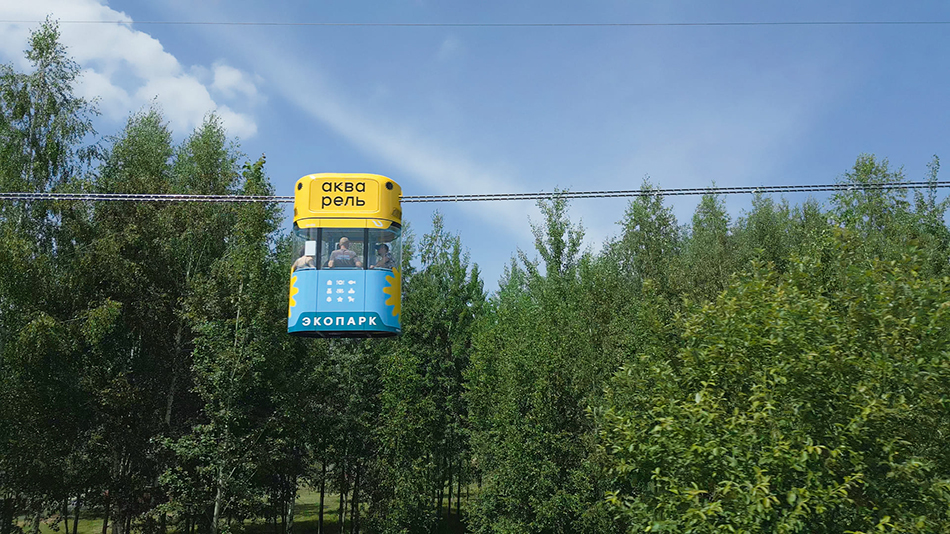
Furthermore, uST complexes produce virtually no noise, meaning that their operation will not have a negative impact on the environment. It is important to note that string rail transport is an elevated system: the track runs above the ground at a height of about 10 m, making collisions with any animals are simply impossible.
In addition, uST complexes are capable of fully distributing transport loads, carrying both passengers and cargo. With a sufficient number of uPods on the route, passenger traffic can reach 50,000 people per hour — all without harming the environment.
In addition to solving the problem of transport accessibility, uST string rail complexes were originally designed as a sustainable development that is safe for the environment. The preservation of biomes is a central mission of UST Inc., deeply embedded in the company’s philosophy. Modern uST engineering solutions are specifically developed for use in ecological parks, nature reserves, and unique natural landscapes facing the threat of extinction.
A notable example of this commitment is the company’s first commercial project, uLite, created specifically for an ecopark in Belarus. This lightweight transport complex prioritizes environmental friendliness, energy efficiency, and safety. Compact, suspended vehicles move silently along an elevated bi-rail track, designed to transport both passengers and cargo.
While uLite was initially developed to integrate seamlessly into the ecopark's infrastructure, its design also makes it ideal for use in suburban areas, resort zones, and protected territories — places where minimal disruption to the landscape and ecosystem is crucial. It represents the first step toward building a sustainable transport infrastructure that blends modern technological efficiency with care for nature.
More news
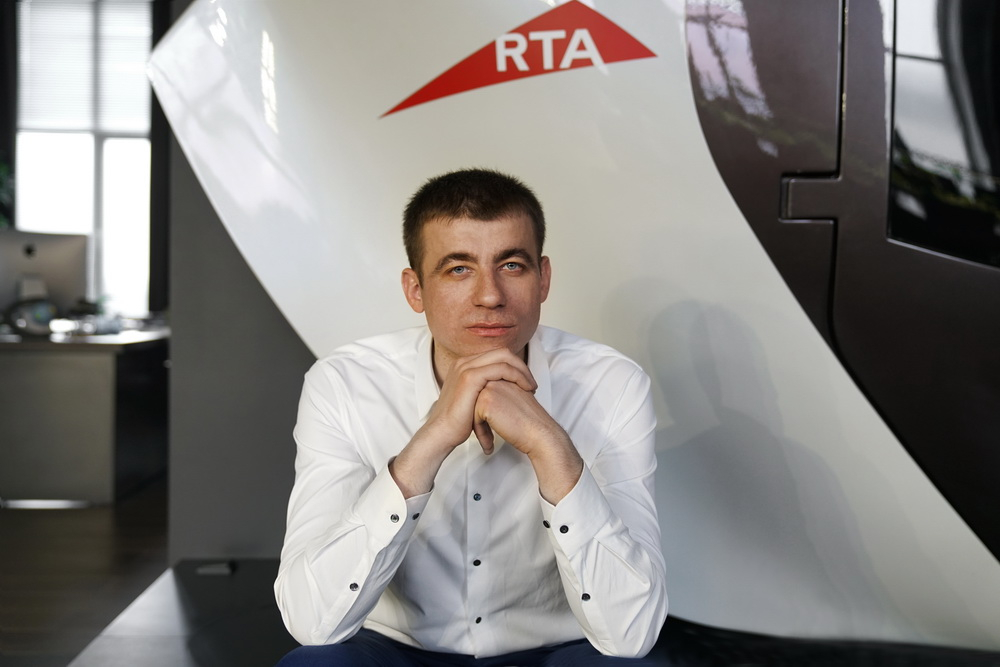
Interviews
24 December 2021
“Our Immediate Objective is Market Entry and Commercialization”. Deputy General Designer of Transport Complexes Shared the Plans of UST for 2022
We continue our series of interviews on the focal areas of Unitsky String Technologies Inc. Our today’s guest is the Deputy Design Engineer of Transport Complexes Viktor Garah who shared with us the passing year’s outcomes of the company and the objectives for the year to come.
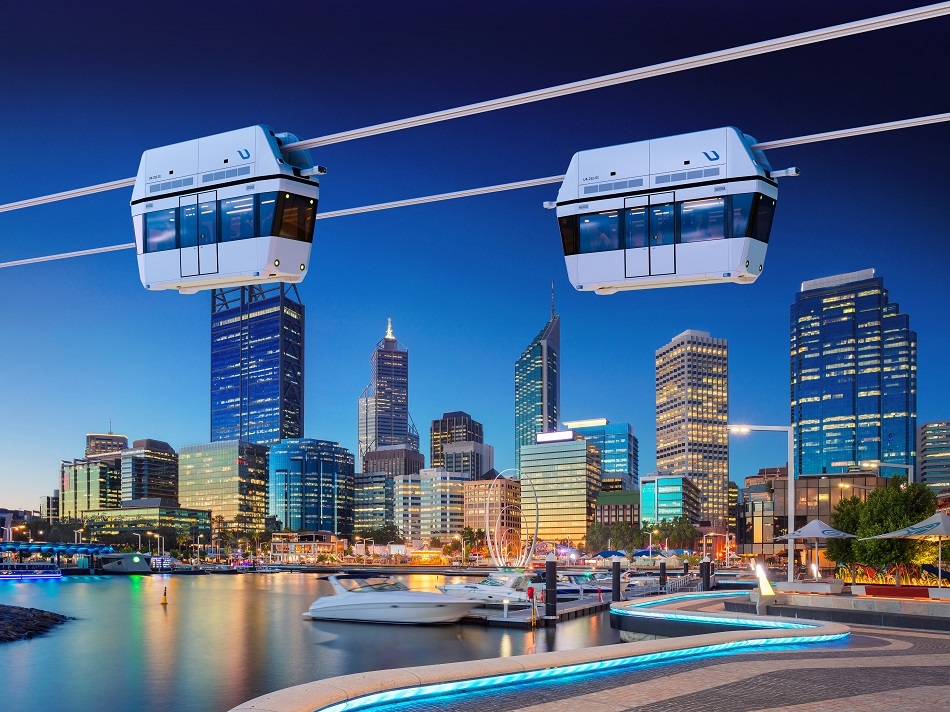
Analytics
25 July 2025
Monorail and String Transport: Differences Between Above-Ground Systems
We compare monorail railways with string railways and find out their advantages and disadvantages.

Interviews
28 August 2020
Who Maintains IT Infrastructure in Operating Condition?
In his interview, Alexey Shkoda, Director of IT-support Department at Unitsky String Technologies Inc. will surprise you with the volume of digital data that UST Inc. office processes on a daily basis and will share a professional secret: about the set of skills you need to have in order to continuously maintain the huge infrastructure of a major engineering company.

